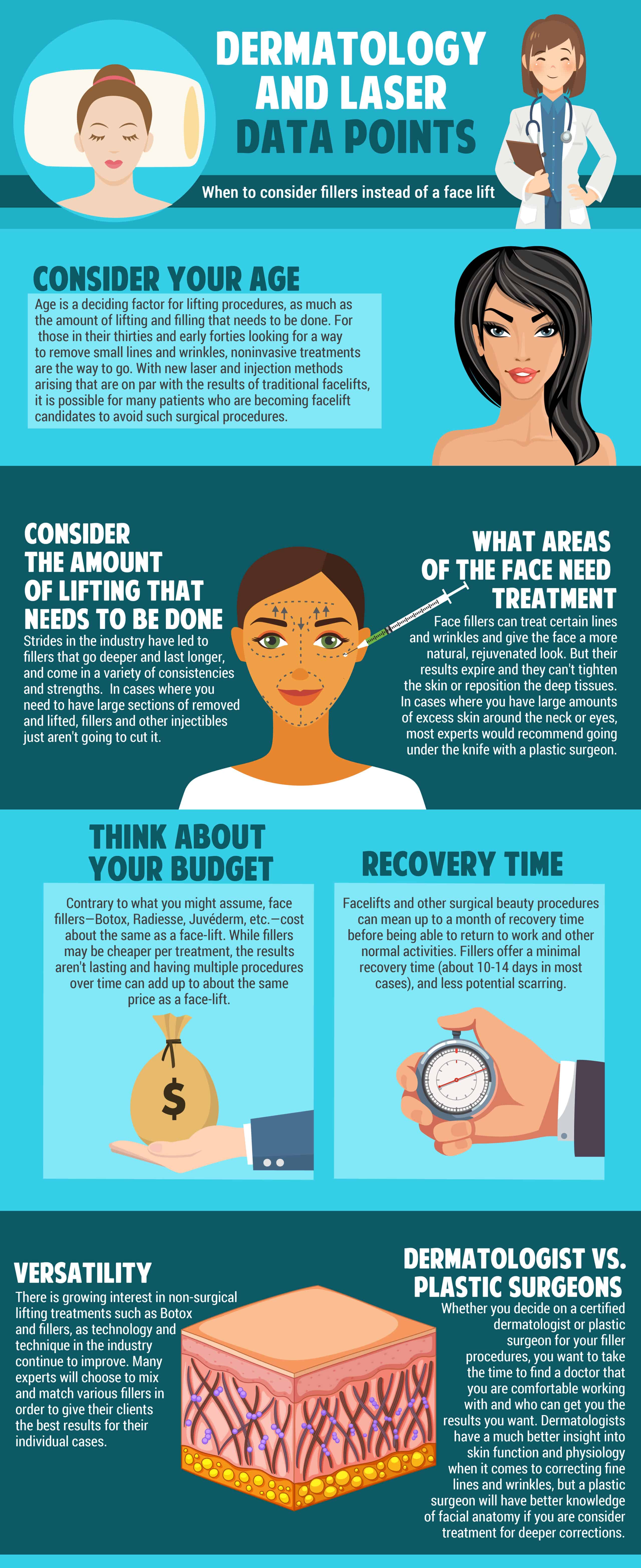Just How Does SMILE Eye Surgery Contrast To LASIK And PRK?
Just How Does SMILE Eye Surgery Contrast To LASIK And PRK?
Blog Article
Write-Up Author-Foss Tang
If you have actually been considering SMILE eye surgery, you may ask yourself exactly how it stacks up against LASIK and PRK. Each treatment has its very own collection of advantages and considerations. From quicker recovery times to possible dangers, there are vital distinctions you ought to understand prior to making a decision. Comprehending these differences will help you make an educated choice that lines up with your specific demands and expectations. mouse click the following web page to understand even more regarding exactly how these treatments compare carefully? Keep discovering to gain cataract surgery before and after of SMILE, LASIK, and PRK.
SMILE Eye Surgery Introduction
If you're taking into consideration SMILE eye surgery, you'll locate it to be a minimally invasive treatment with a fast recuperation time. Throughout SMILE (Small Cut Lenticule Extraction), a laser is utilized to produce a tiny, exact cut in the cornea to get rid of a tiny item of tissue, reshaping it to remedy your vision. This varies from LASIK, where a flap is created, and PRK, where the external layer of the cornea is totally removed.
One of the vital advantages of SMILE is its minimally invasive nature, bring about a faster recovery process and less discomfort post-surgery. The healing time for SMILE is reasonably fast, with several people experiencing improved vision within a day or more. This makes it a preferred choice for those seeking a practical and reliable vision adjustment treatment. Furthermore, SMILE has actually been revealed to have a reduced risk of completely dry eye syndrome contrasted to LASIK, making it a beneficial alternative for individuals concerned about this prospective adverse effects.
Differences Between SMILE, LASIK, and PRK
When contrasting SMILE, LASIK, and PRK eye surgeries, it is very important to recognize the distinctive methods used in each treatment for vision adjustment.
SMILE (Tiny Laceration Lenticule Extraction) is a minimally invasive procedure that includes creating a little incision to extract a lenticule from the cornea, reshaping it to remedy vision.
LASIK (Laser-Assisted In Situ Keratomileusis) involves developing a thin flap on the cornea, making use of a laser to reshape the underlying tissue, and afterwards repositioning the flap.
PRK (Photorefractive Keratectomy) removes the outer layer of the cornea prior to reshaping the tissue with a laser.
The primary distinction hinges on the means the cornea is accessed and dealt with. SMILE is flapless, making it a great option for individuals with thin corneas or those associated with call sporting activities. LASIK supplies fast visual recuperation due to the flap development, yet it may position a higher risk of flap-related problems. PRK, although having a longer recovery duration, stays clear of flap-related problems entirely.
Recognizing how long before you see results from cataract surgery is critical in picking the most ideal procedure for your vision improvement needs.
Pros and Cons Comparison
To review the advantages and disadvantages of SMILE, LASIK, and PRK eye surgeries, it's necessary to consider the specific advantages and potential limitations of each procedure. SMILE surgical procedure uses the benefit of a minimally invasive procedure, with a smaller sized cut and potentially quicker recuperation time contrasted to LASIK and PRK. It additionally lowers the risk of dry eye post-surgery, an usual side effect of LASIK. Nevertheless, SMILE might have constraints in treating greater degrees of nearsightedness or astigmatism compared to LASIK.
LASIK surgical treatment provides quick visual healing and marginal discomfort throughout the procedure. It's very efficient in dealing with a wide variety of refractive errors, consisting of nearsightedness, hyperopia, and astigmatism. Yet, LASIK brings a risk of flap problems, which can impact the corneal structure.
PRK eye surgical treatment, while not as popular as LASIK, prevents developing a corneal flap, lowering the risk of flap-related issues. It's suitable for patients with thin corneas or irregular corneal surfaces. Nevertheless, PRK has a longer recovery time and might entail a lot more pain during the healing process.
Final thought
So, when it comes to picking in between SMILE, LASIK, and PRK, think of it like picking the perfect set of footwear. SMILE resembles a sleek, comfy pair of tennis shoes - quick and very easy.
LASIK is much more like stylish high heels - flashy and fast, however with some possible risks.
PRK is like tough hiking boots - dependable and long lasting, yet calling for a bit more time and effort.
Eventually, the most effective selection depends upon your individual needs and preferences.
